Latest

A rockslide in Greenland caused the Earth to vibrate for nine days
A mega-tsunami in Greenland surged through a fjord for days, creating seismic waves that caused seismometers across the globe to hum.

New study reveals aligned brain waves strengthen the bond between humans and dogs
Scientists have discovered that human and dog brain waves synchronize during social interactions, offering new insights into our unique bond.
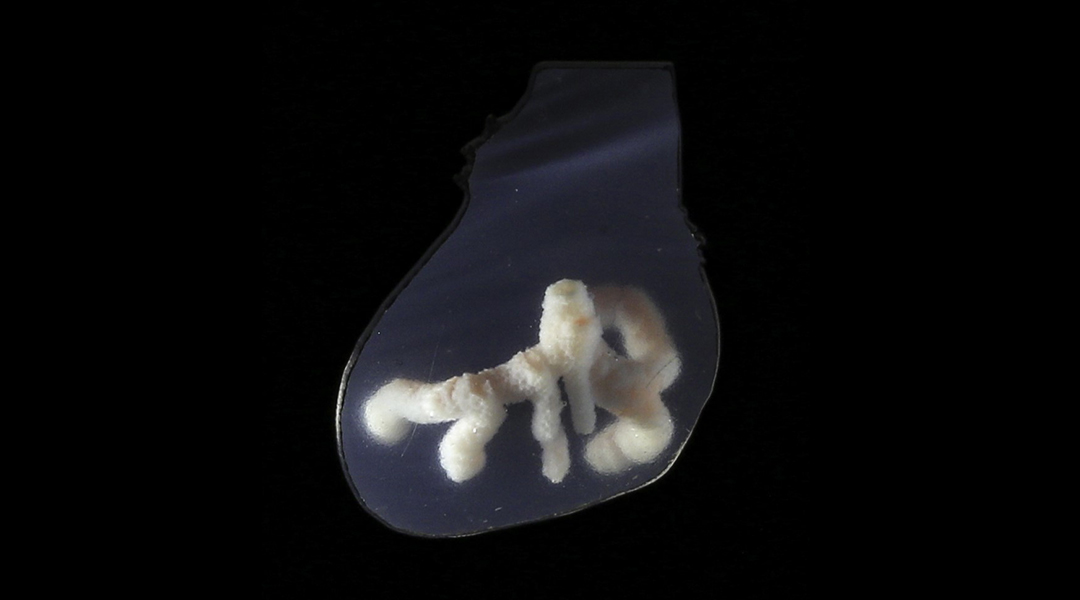
3D printing creates human-like blood vessels in heart tissue
This 3D printing method could make lab-manufactured organ transplants not just a possibility but a viable reality.

A working quantum battery may be just around the corner
Scientists create designs for quantum batteries, which harness the potential of quantum mechanics to enhance energy storage.
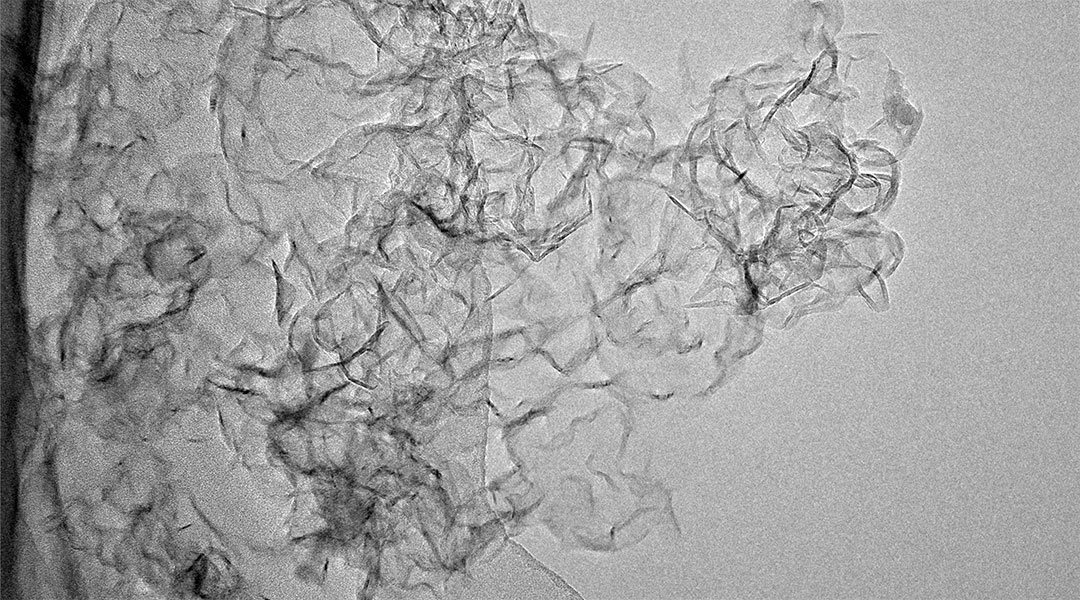
How can we spur plastic upcycling? Turn it into something valuable
Scientists convert harmful microplastics into valuable graphene using plasma, offering a promising solution for this type of pollution.
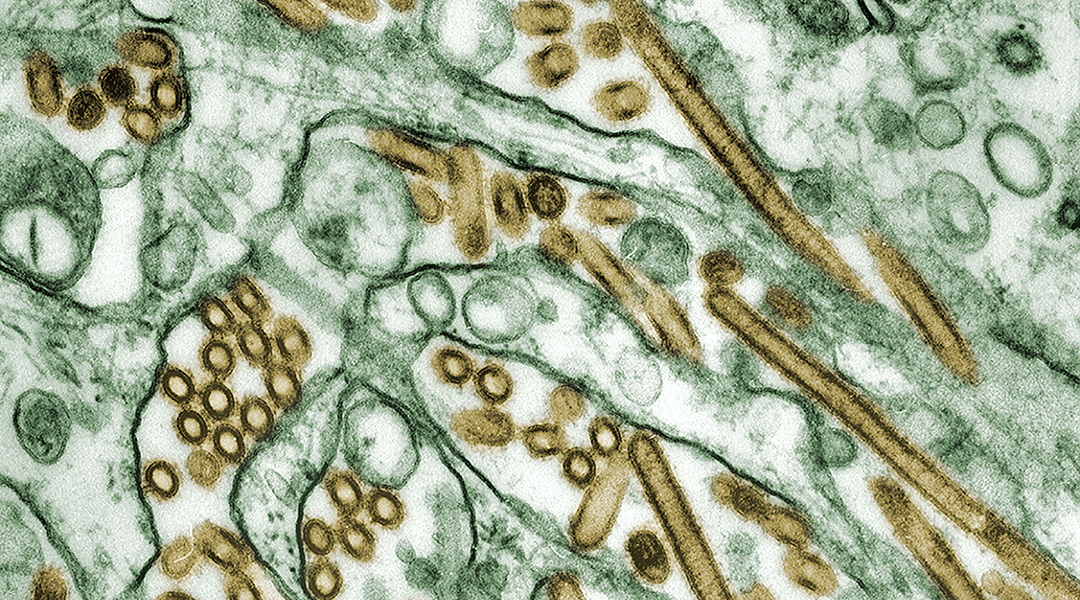
How ancient viral infections guide embryo development in mice
Ancient viral DNA, once thought junk, now regulates embryo development in mice, revealing complex host-virus interactions.
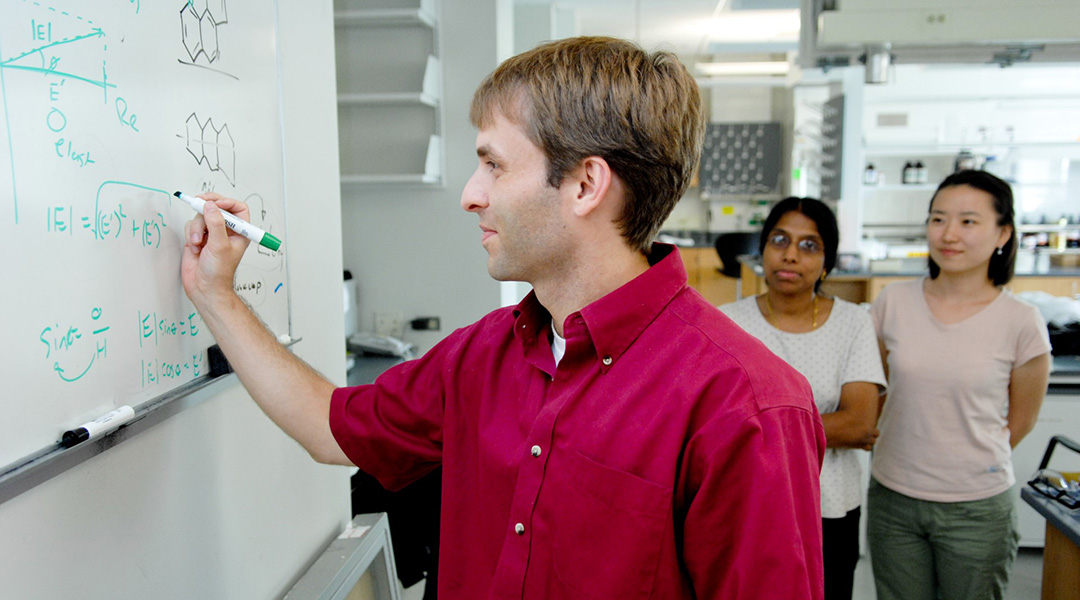
Michael Dickey, our guide through the surprising world of liquid metals
The chemical and biomolecular engineer delves into the versatile applications, surprising properties, and future possibilities of liquid metals.
ASN Weekly
Sign up for our weekly newsletter and receive the latest science news directly to your inbox.
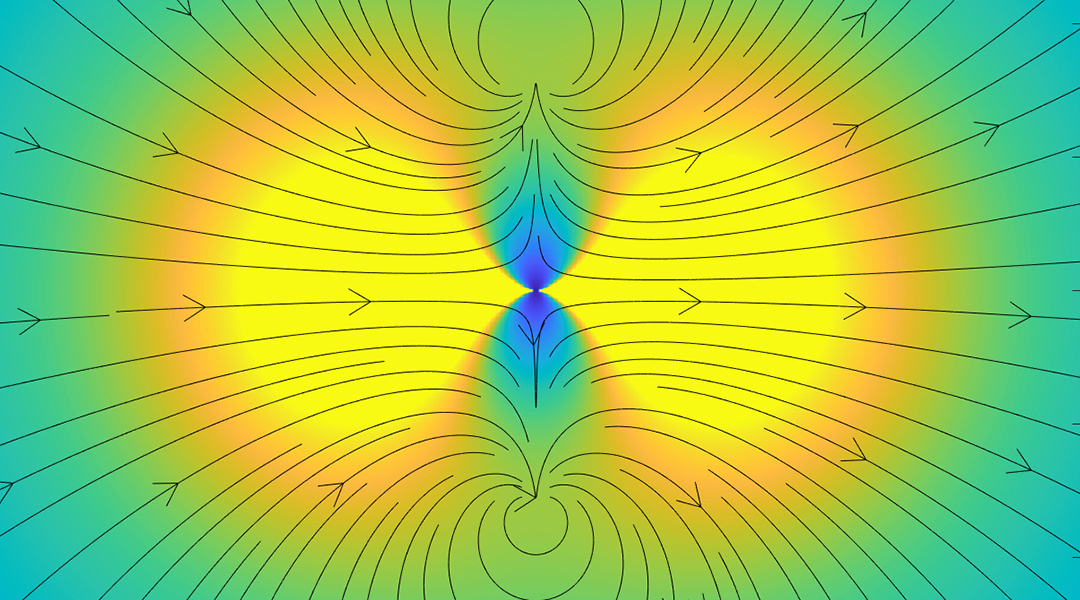
How is spacetime altered by entangled particles?
A new thought experiment explores the interface between quantum mechanics and general relativity using the transfer of information.
Beam me up to 5G, Schottky
With a re-imagined architecture, these new Schottky diodes are being developed for better communication devices.
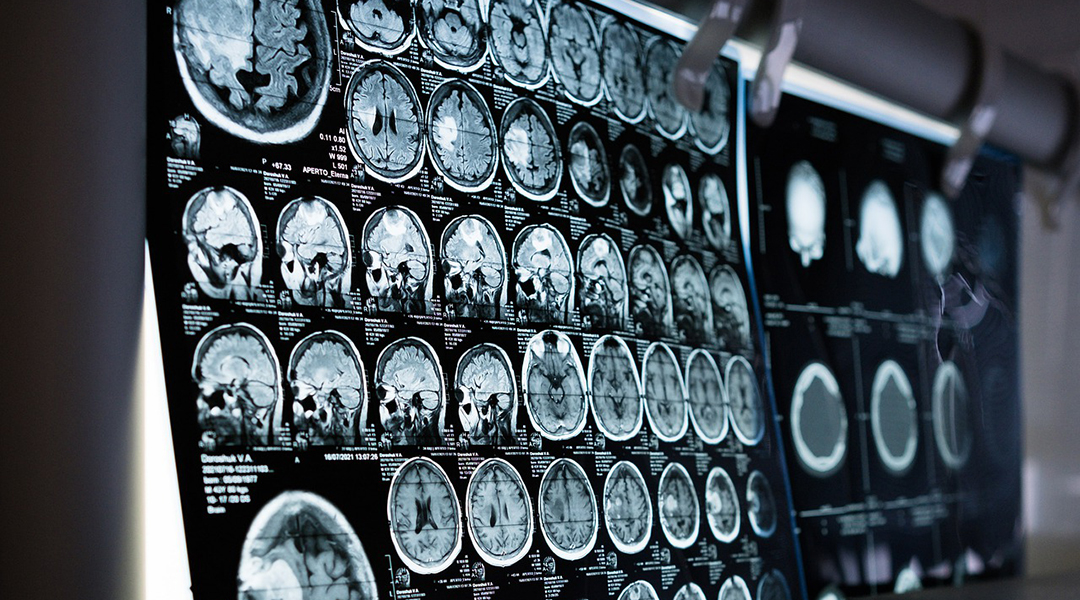
Parkinson’s disease treatment based on artificial enzymes
Researchers in Shanghai report a potential therapeutic based on Prussian blue to tackle Parkinson’s disease.
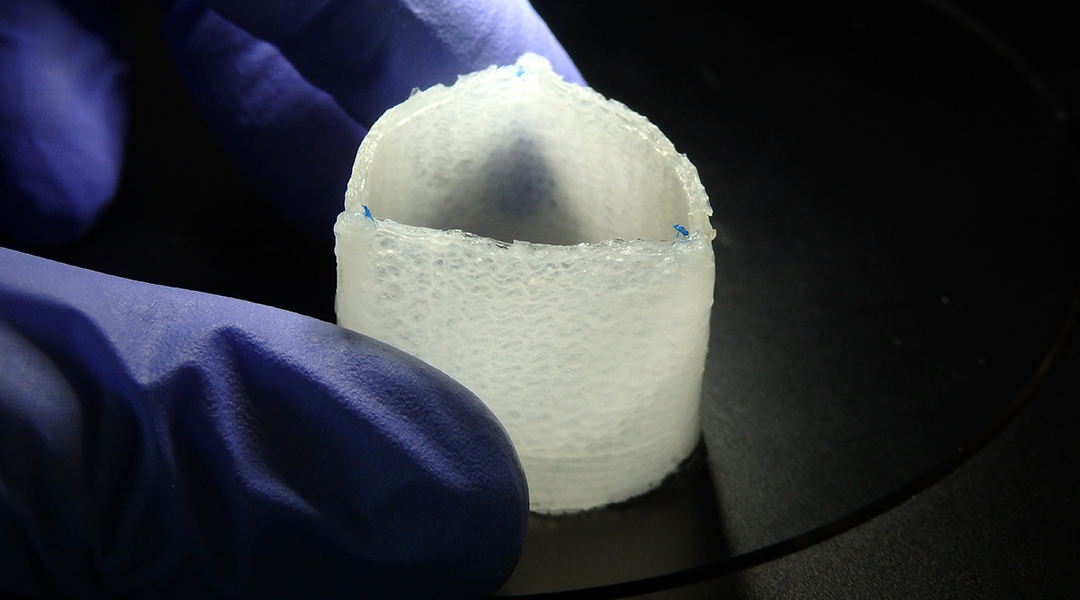
Artificial heart valves that evolve into a patient’s own tissue
To avoid the need for repeated surgery, scientists are developing durable artificial heart valves from regenerated tissue.
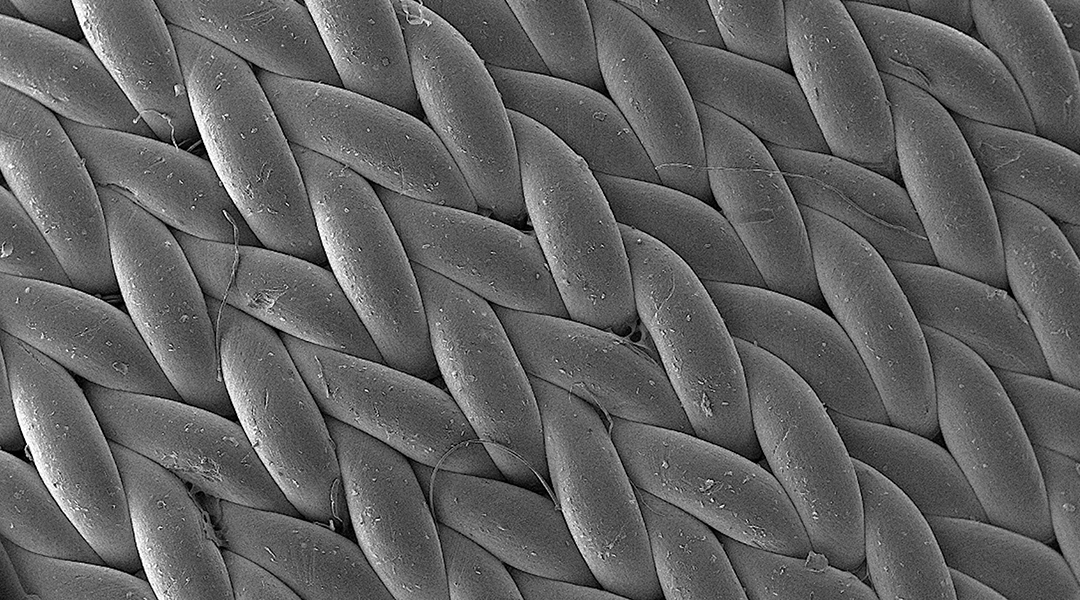
Smart knitted garments monitor the heart
Wearable devices for health monitoring don’t have to be limited to just smart watches and fitness trackers.
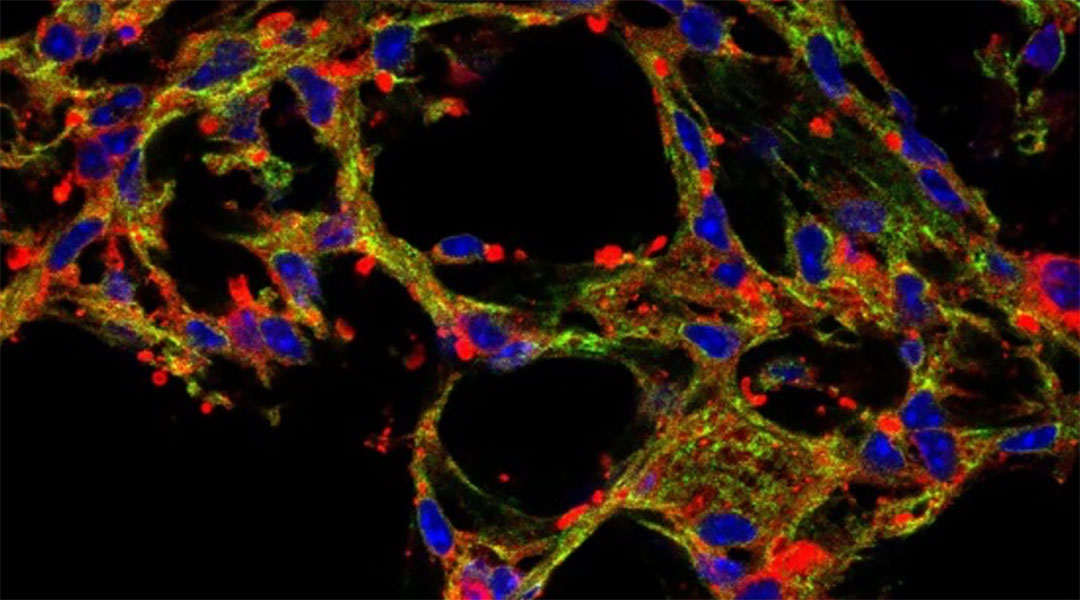
Inhaled “bubbles” help deliver drugs to the lungs
An inhaled drug carrier helps minimize side effects while delivering drugs to the lungs to treat diseases such as pulmonary fibrosis.
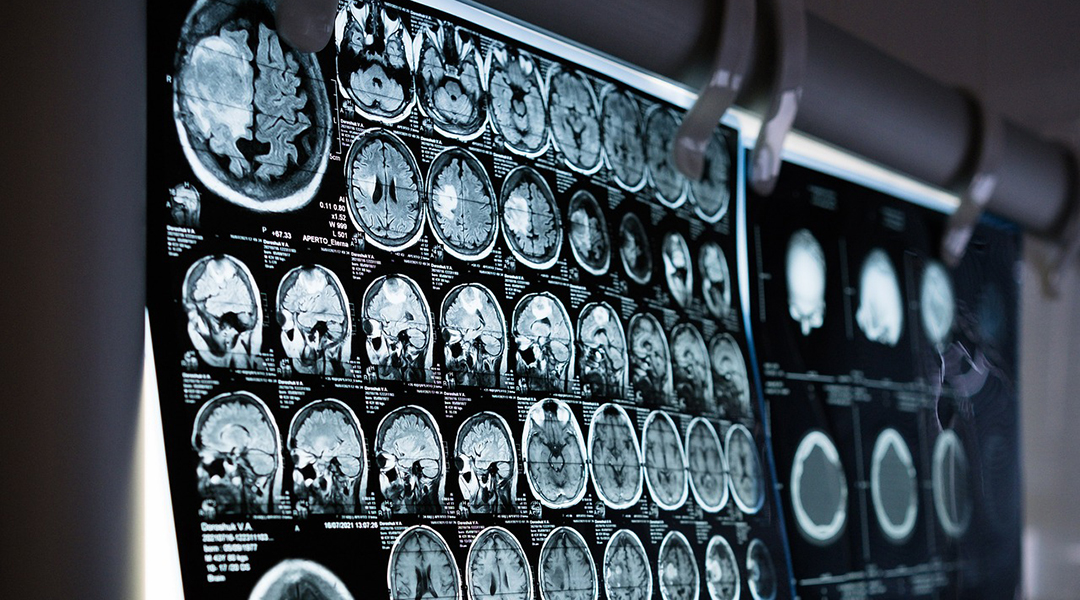
Scientists discover a new protective layer in the brain
The newly discovered layer has an almost imperceptible width, allowing it to escape the notice of older imaging and experimental techniques.
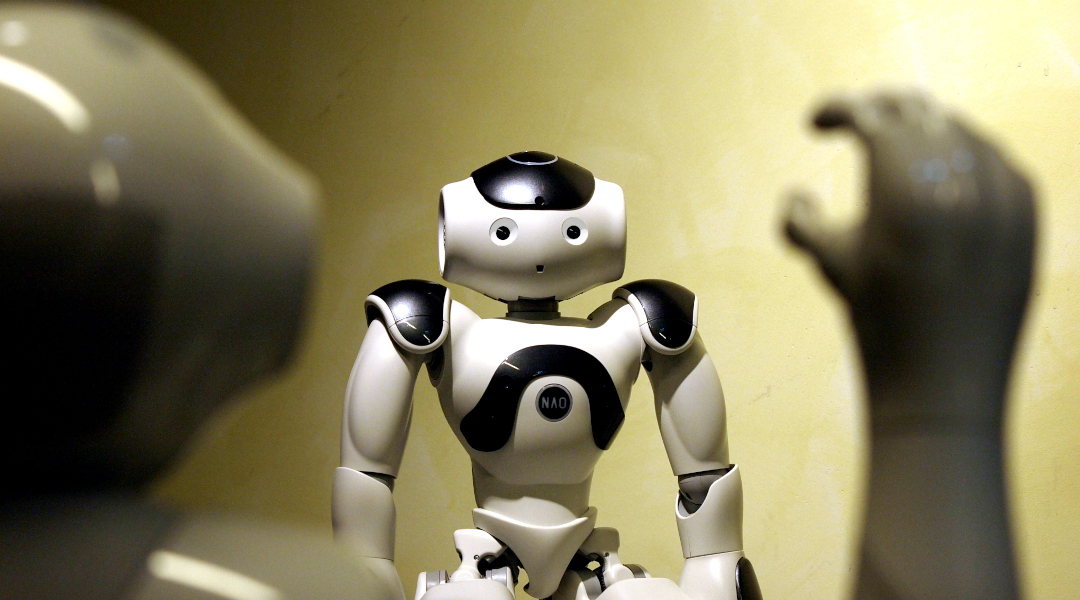
Bio-inspired robotic eyes that better estimate motion
Event cameras mimic the human eye to allow robots to navigate their environment, and a new approach helps minimize computational costs.

Entangling particles helps improve the accuracy of quantum measurements
Using 19 different quantum computers, scientists demonstrate how entangled particles break limitations in accuracy on the sub-atomic scale.
No Results Found
The page you requested could not be found. Try refining your search, or use the navigation above to locate the post.
No Results Found
The page you requested could not be found. Try refining your search, or use the navigation above to locate the post.
No Results Found
The page you requested could not be found. Try refining your search, or use the navigation above to locate the post.
No Results Found
The page you requested could not be found. Try refining your search, or use the navigation above to locate the post.
No Results Found
The page you requested could not be found. Try refining your search, or use the navigation above to locate the post.
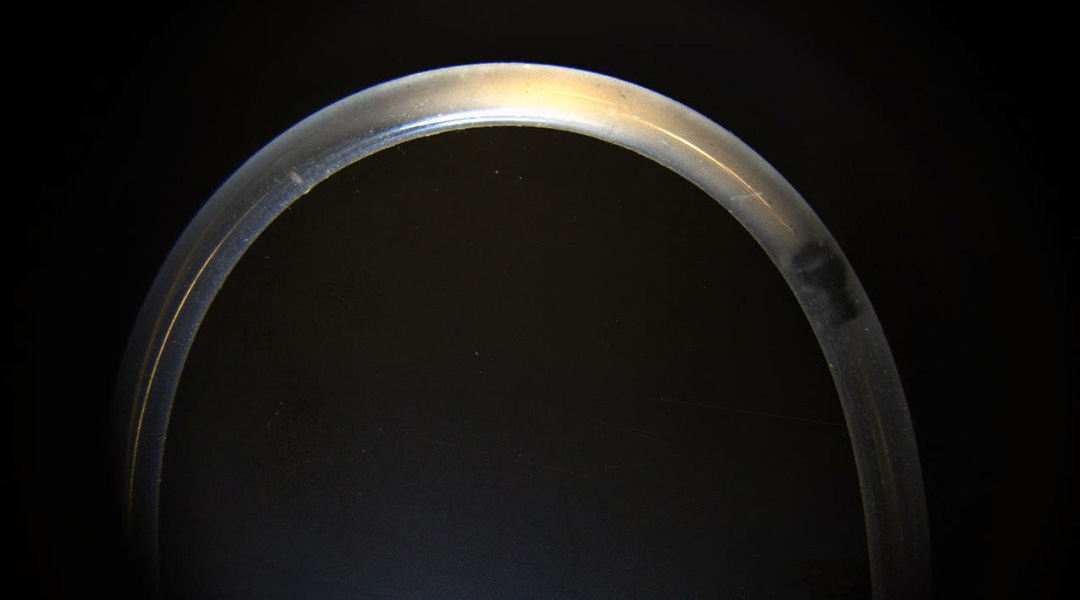
Micromachines destroy bacterial biofilms in hard-to-reach places
Magnetic hydrogel micromachines break up biofilms and release antibiotics, combating biofilm infections associated with medical devices.
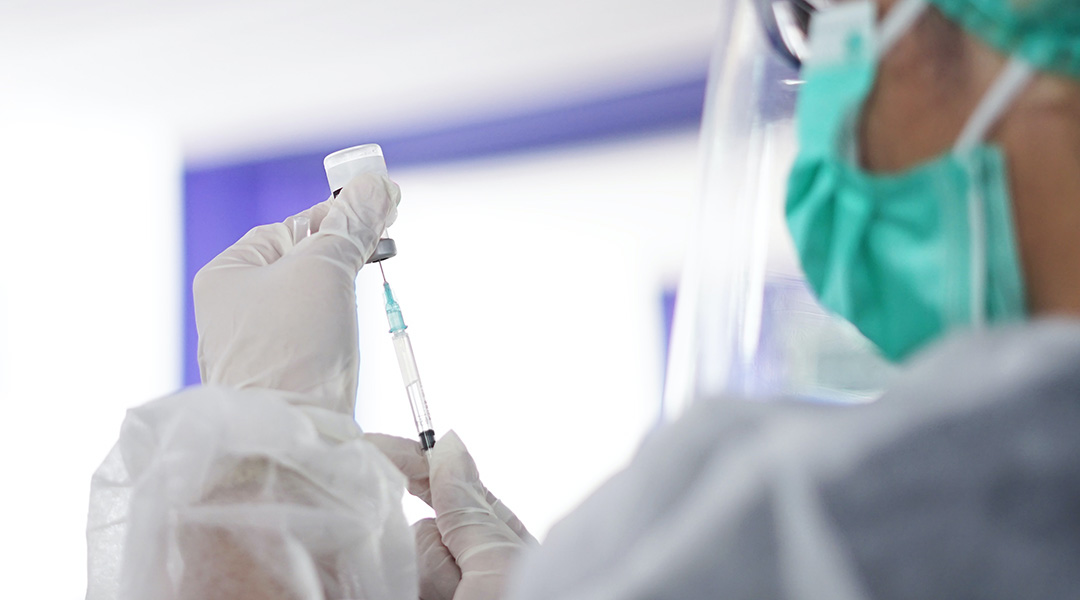
Hydrogel vaccines could spell the end of booster shots and vaccine inequity
A hydrogel delivery system boosts single-dose efficacy and provides a potential tool to fight future pandemics and vaccine inequity.

Study finds a 1% reduction in body weight can attenuate brain aging
Using brain imaging, scientists discover reduced brain aging after just 18 months of healthy diet and exercise.
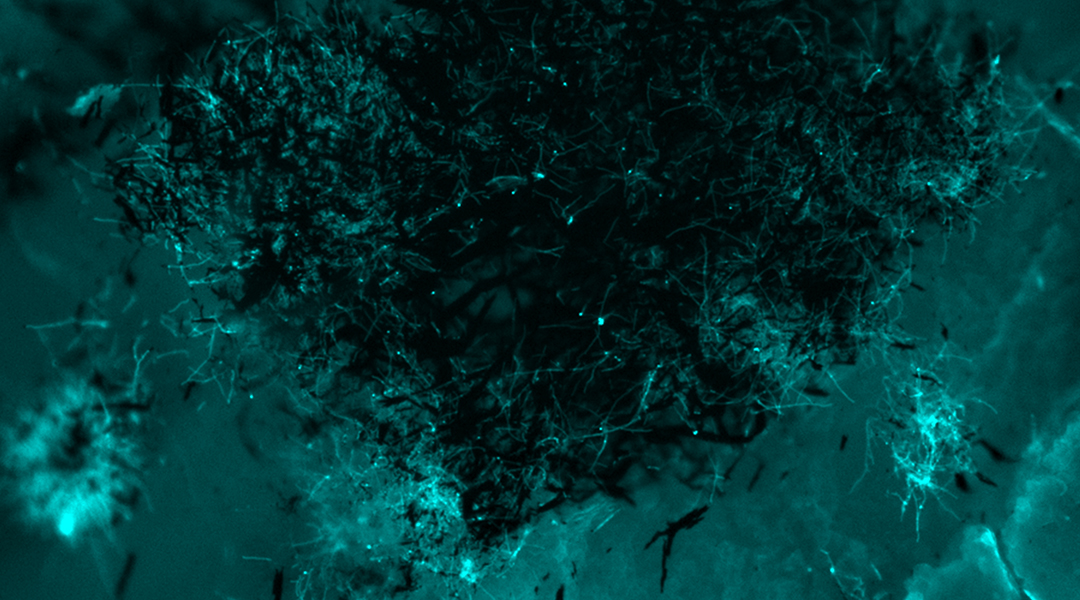
Microrobots kill fungal infections in just ten minutes
To curb the rising threat of fungal infections, researchers crafted iron oxide nanoparticles as speedy, effective, and inexpensive antifungal agents.
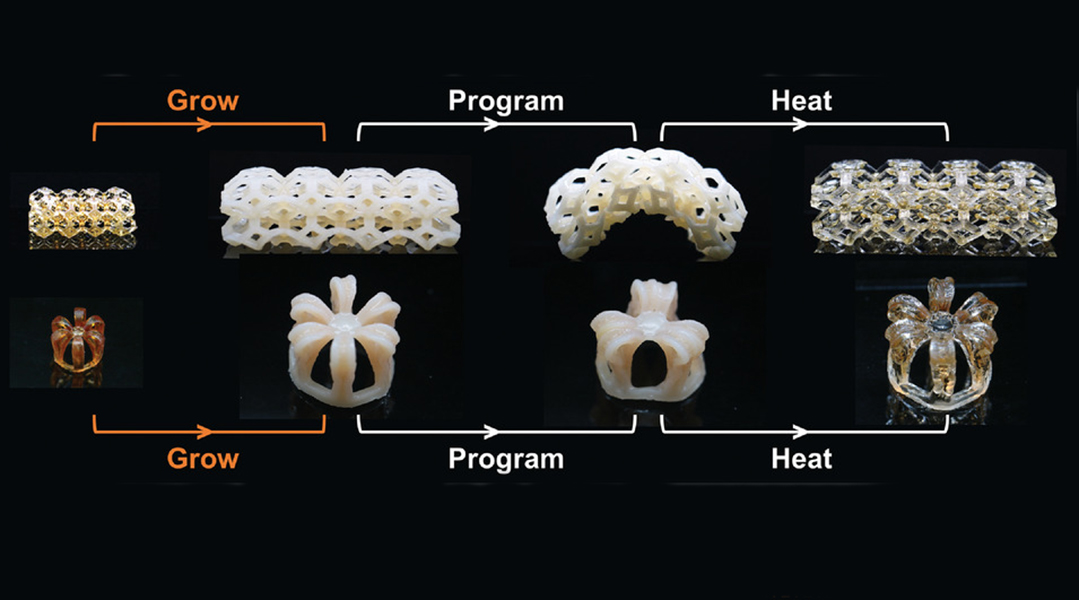
4D printing “living” structures inspired by immortal jellyfish
4D printing produces a living polymer network that can be printed into 3D shapes and then broken down into its monomer units for reuse.
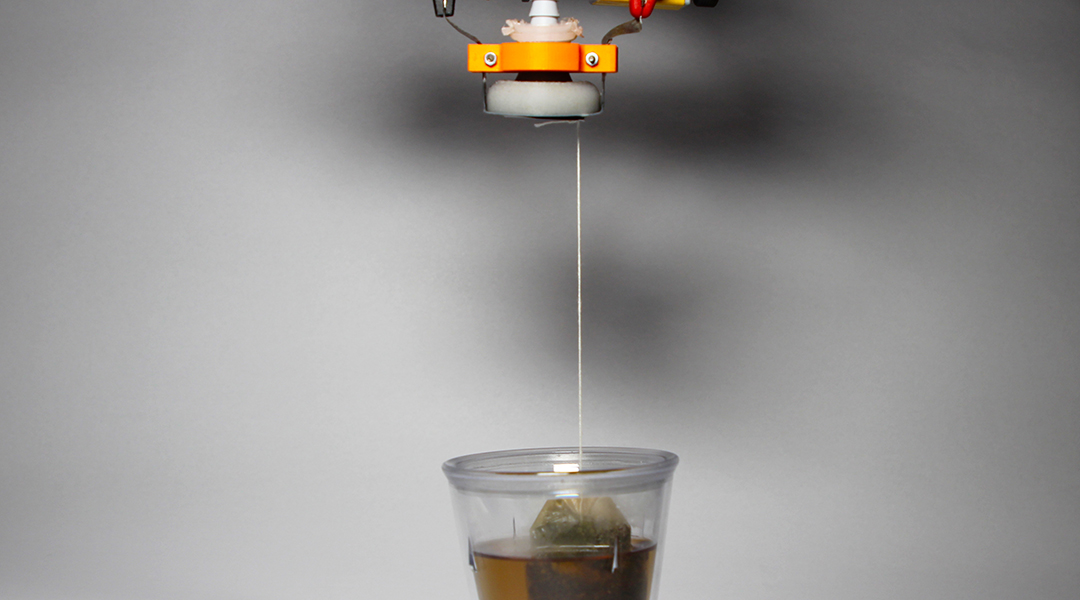
A soft robotic hand takes a two-pronged approach to grasping
Resembling a balloon filled with coffee grounds, this gripper uses granular jamming and electrostatic interactions to manipulate objects.

Pathogen detection with nanotechnology
Researchers turn to nanotechnology to boost the detection of pathogens, including SARS-CoV-2.
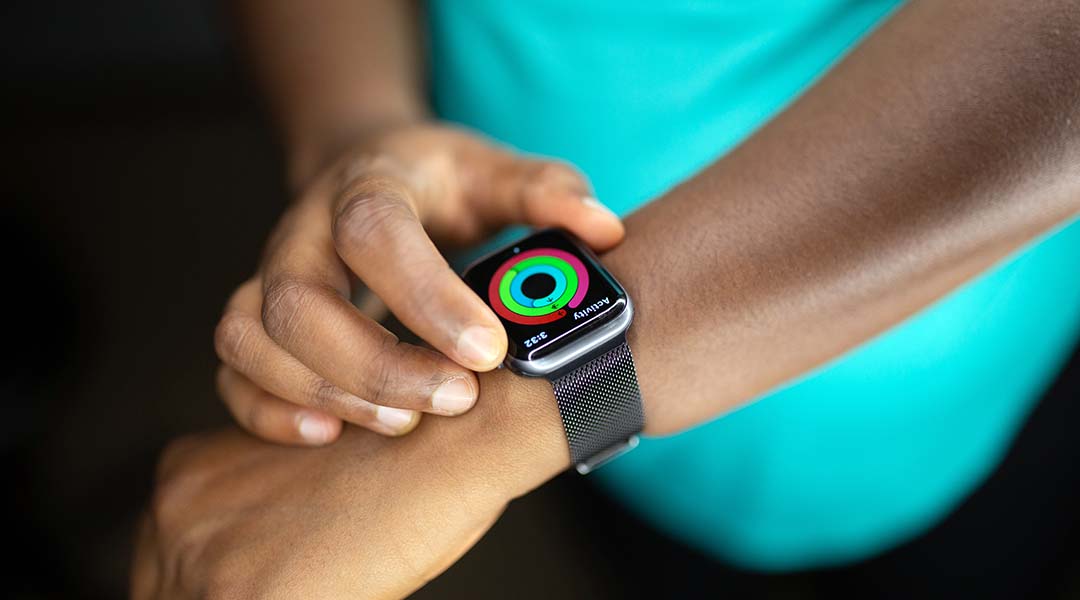
Flexible zinc-air batteries for wearable electronics
A novel hydrogel component could increase the life cycle of cheap, safe, environmentally friendly, and energy-efficient batteries.
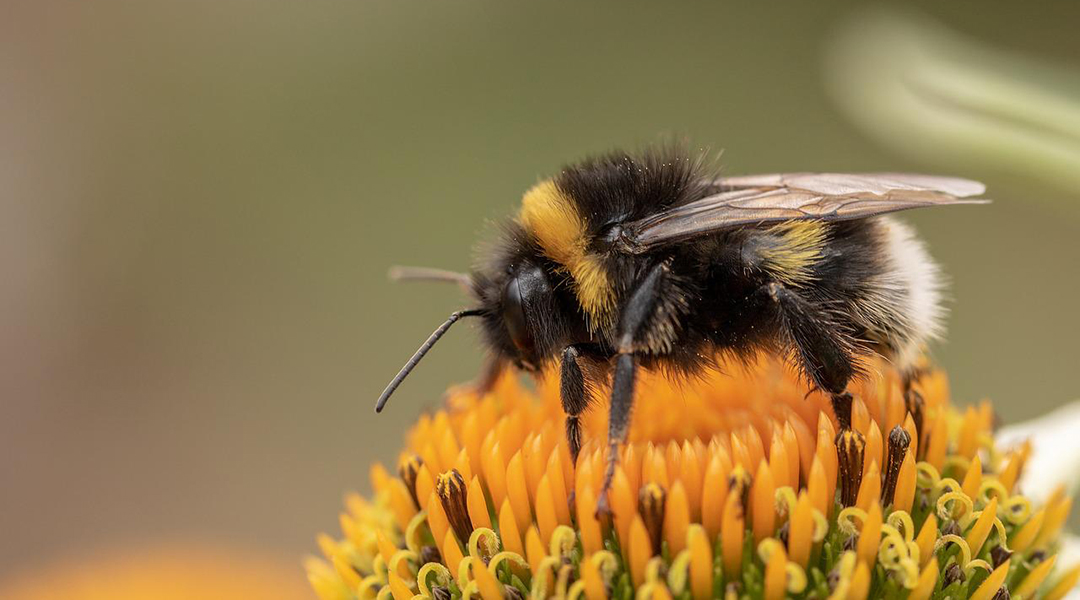
Isolated bumblebees become socially awkward
Low levels of socialization are sufficient in maintaining typical behavior and brain development in bumblebees.

Forest restoration benefits depend on location
The long-term benefits of global forest restoration to support biodiversity and ecosystems depends on climate and forest type.
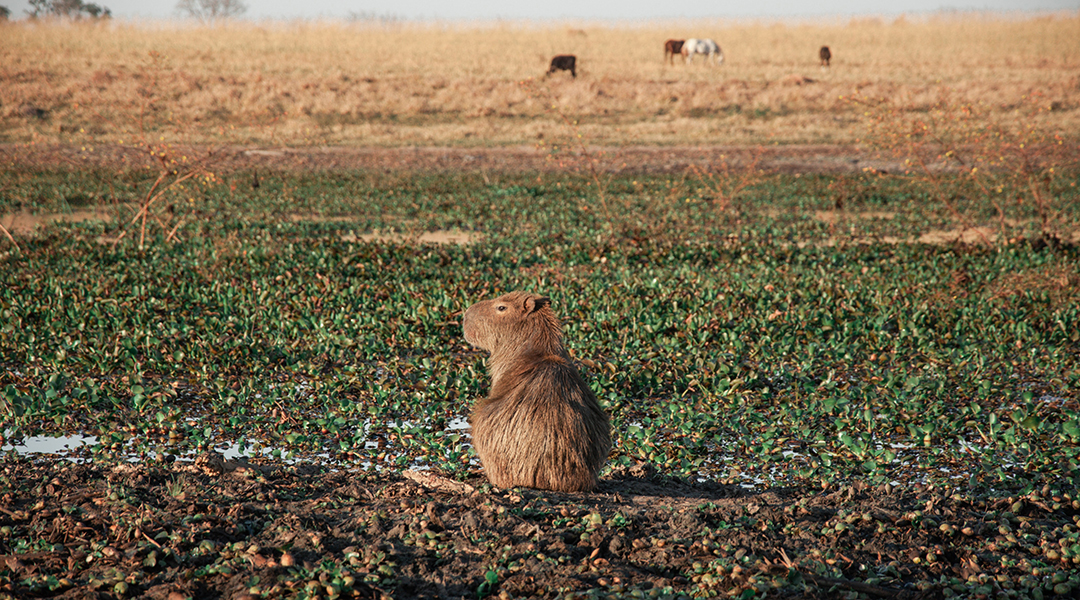
How the capybara could improve biofuels
Unique enzymes found in the gut of sugarcane-eating capybaras could help convert agricultural waste into low-carbon biofuels.

Offshore oceanic CO2 capture
An out-of-the box approach to carbon sequestration proposes an off-shore solution and a fascinating adjunct to direct air capture.

Largest-ever radar study of near-Earth asteroids
Years’ worth of radar data from the now-destroyed Arecibo Observatory has helped detail almost 200 near-Earth asteroids.

Defining the edges of galaxies
Using a new definition of galaxy size, astronomers have uncovered new, exciting findings about how they formed and evolved.

James Webb Telescope images the Pillars of Creation
This month, NASA’s James Webb Telescope captured images of the Pillars of Creation in breathtaking detail.

Black hole orbit oscillations shore up general relativity
Oscillations measured in the orbits of a pair of black holes have once again helped confirm predictions made using general relativity.



